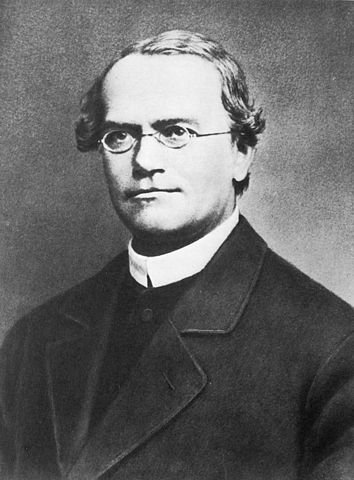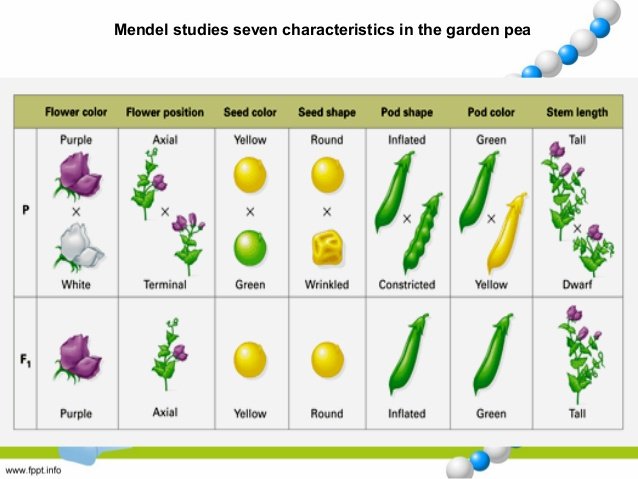
Mendel began his experiments by choosing two pea plants that differed in one character, crossing a variety that produced yellow seeds with another that produced green seeds; whose plants form the so-called parental generation (P).
Once determined the way that offered greater security in the results, the model organism and the characters to study (the figure and color of the seeds, the color of the flower, the place and the size of the stem and the color and the shape of the pod), Mendel began to make the known pea crosses.
First, he crossed two different pure varieties in one or more characters to subsequently self-fertilize this first generation of scions. And so on. He also made reciprocal crosses and backcrosses to reach the conclusions that would make him famous: the Law of Uniformity, the Law of Segregation and the Law of Independent Segregation.
It is important that as an apprentice of
researcher or researcher consider the details
essentials that led Mendel to succeed in
his experiments, including:
• He chose the right biological material to
your investigation.
• Carefully designed the experiments
what he did
• He was careful in registering the
results and for its analysis and interpretation used
the statistics
• Mendel reflected each result that
obtained and based on their analysis proposed other
possibilities for crosses, which allowed him
formulate various hypotheses.
• All this allowed him to raise the laws
that explain the character inheritance of a
generation to another. The most important thing in the work
of Mendel was getting patterns on the way in
that the characteristics are inherited.

When using pea plants (Pisum
sativum) as biological material, Mendel managed
several advantages: the plant is easy to grow, it turns out
easily controlled pollination since it has a
flower with male and female parts that allows
perform self-pollination or self-pollination,
it is also possible to eliminate the anthers
and thus avoid self-fertilization since the
reproductive structures are isolated thanks to
The petals.
Mendel started his experiments
cultivating varieties of the plant
pea to get pure lines and so
then perform cross-pollination with
they. His experiments were initially based on crossing plants that differed only in one characteristic, this
type of crossing is called monohybrid,
then he took the seeds from that crossing and
He sowed them to observe the offspring.
In one of the crosses made
Mendel did the cross-pollination of
a yellow pea plant with
another of green peas that he called
generation of parents (P) of
this crossing got the first generation
subsidiary (F1) with plants that only gave
yellow seeds. What would have happened
with the green color?
As in the first generation
subsidiary Mendel obtained only plants that
They gave yellow seeds, decided
plant the seeds product of that crossing and allowed them to self-pollinate. From
this crossing obtained that three quarters of the plants gave yellow seeds and a quarter green seeds
thus obtaining the second generation
flial (F2).
Read more:
http://www.goldiesroom.org/Note%20Packets/18%20Genetics/00%20Genetics--WHOLE.htm